Millet Magic: Here’s Why You Need To Add These Super Grains to Your Plate
Did you know that the United Nations General Assembly (UNGA) declared 2023 the International Year of Millets? Guess who made it possible? India did. How? By creating a proposal that received the overwhelming support of 72 countries! What is so great about millets? Why do I call these the wonder grains of the present and future? Find out.
Millets are not a new concept to Indians.
They have long been a part of Asian cultures and cuisines. Millets were consumed daily by the majority of the population of Central and Southern India until the dawn of the Green Revolution made rice and wheat more readily available.
Millets come in a variety of sizes and shapes. Foxtail millet, Ragi/Finger millet, Pearl millet/Bajra, Buckwheat, Little millet/Samai/Kutki, Jowar/Sorghum, Kodo millet, and Barnyard millet are a few of them, among several other varieties. Yes, the myths surrounding these are many. But the documented scientific benefits trump them.
One of the most significant reasons to add them to your lifestyle is that millets are highly anti-inflammatory. Yes, you heard that right.
Millets can help reduce inflammation which is one of the leading root causes of most health and lifestyle diseases today. When chronic inflammation is controlled well in advance, it can help you prevent a range of conditions.
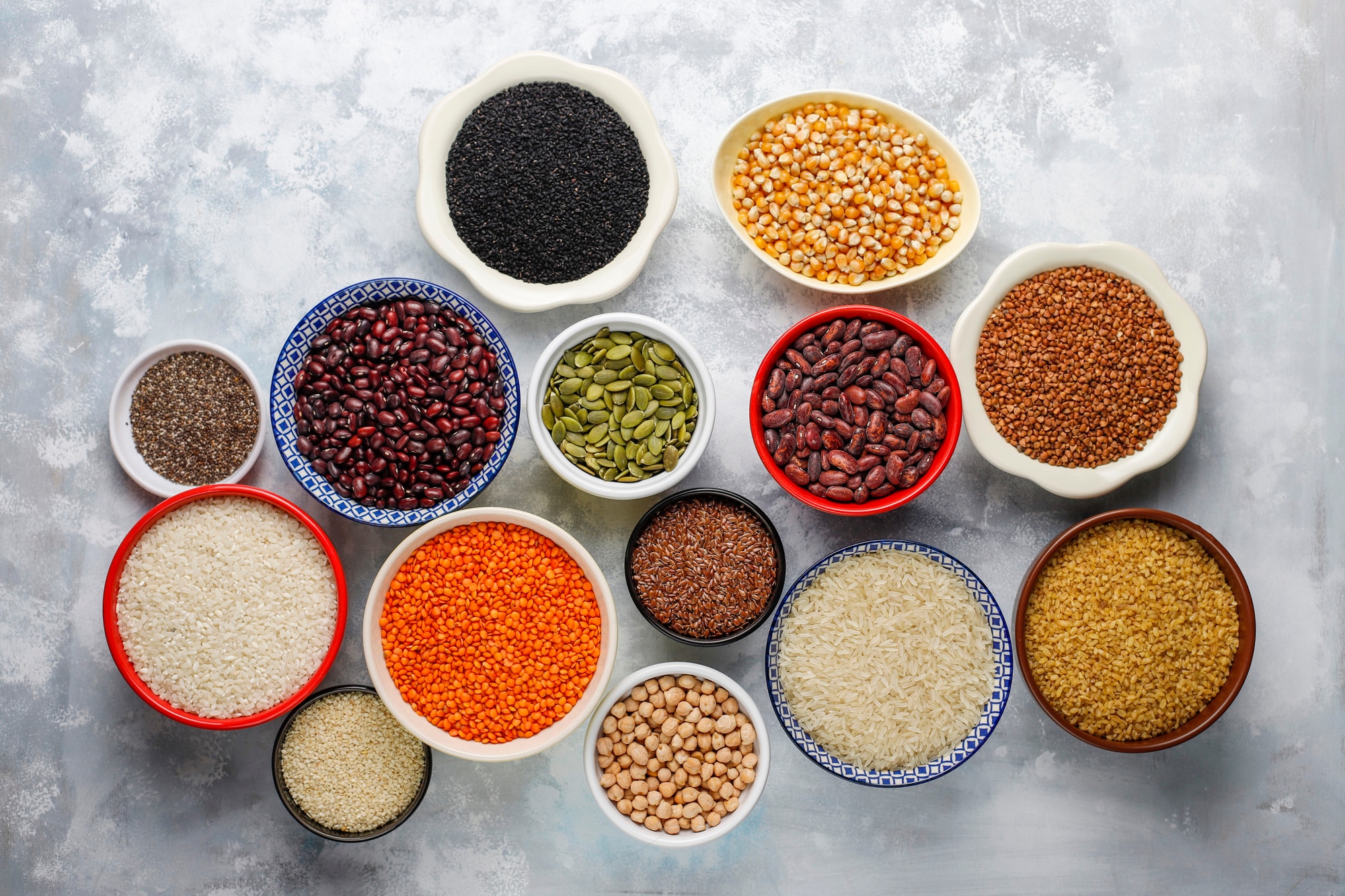
How can millets help? Here’s what science says.
- Millets are a rich source of antioxidants that reduce inflammation in the body naturally. When we have chronic inflammation we need to eat foods rich loaded with antioxidants. These neutralize free radicals and bring down the level of inflammation.
- These super grains are a nutritional powerhouse high in protein, fiber, antioxidants, calcium, and more.
- Being gluten-free superfoods makes them an excellent choice for those with celiac disease and obesity. Having gluten when you are celiac can create more inflammation in the gut and make you vulnerable to acidity, bloating, IBS, constipation, Hashimoto’s thyroiditis, and other autoimmune conditions. Instead of worrying about and buying ultra-processed gluten-free products, you can choose to eat rice and millet.
- Millets are loaded with dietary fiber which our gut bacteria convert into butyrate, which is an anti-inflammatory compound.
- Flavonoids and phenolic compounds in millets inhibit pro-inflammatory cytokines promoting the production of beneficial anti-inflammatory molecules.
- When it comes to micronutrients, it contains phenolic compounds that have everything to do with our immune system, the health of our skin and hair, and the functioning of our vital organs. Catechins are one type of phenolic compound that millets are rich in. You may have heard how catechins in green tea and matcha tea make them scientifically documented superfoods.
- Thanks to their high protein availability, millets are powerful for recovery. It may explain why even hospitals especially in South India and Africa recommend them as part of the standard protocol used for recovery. In our line of work, we recommend our clients embrace them.
- What stands out for me when it comes to the science behind millets is the amount of essential amino acids they have. These amino acids are of 2 kinds – non-essential and essential amino acids. Any foods that contain the whole spectrum of these amino acids or more essential amino acids are excellent for your health. Millets meet these criteria. Amino acids are the building blocks of protein.
- Many people get confused and say, “Luke, but millets are also a carb.” They do not realize that it is not only a carb but also has protein. Look at nuts, for instance, they have fat but they also have protein and other micronutrients.
- Millets are a rich source of calcium which in turn benefits your bone health. For people who are intolerant to dairy, have bone problems, and need to increase their calcium levels, just supplementation isn’t the right way to go about it. Because overdoing calcium supplements also create heart and kidney issues in the long run. You should also aim to get calcium from natural sources like millet.
- Millets being anti-inflammatory also promote nerve and blood vessel health.
- They are great for muscle contraction without which we can experience stiffness, soreness, and reduced mobility.
- Millets are also rich in ferulic acid which plays a huge role in reducing inflammation. Post-surgery or when you go through heavy treatments like chemotherapy or radiation, or you are on steroids, where your inflammatory markers are high, having millets that are rich in ferulic acid is excellent.
- Millet is loaded with the entire spectrum of B vitamins that work for the metabolism of carbohydrates, fats, and proteins. For your brain health, nerve health, skin and hair, reproductive health and fertility, and so on.
Who needs to be careful while consuming millet?
Many doctors and nutritionists are recommending millet for Type 2 diabetes. While it doesn’t create a spike in your blood sugar levels in most cases and has a much lower glycemic index (GI) than other refined grains, here’s what you need to know. In our own experience, we have seen how every Type 2 diabetes case can be different.
When we switched many of our patients to millet, it helped lower their sugar spikes. But considering bio-individuality is important. In a couple of patients, it led to an increase in blood sugar. So we put in a CGMS (continuous glucose monitoring system) and realized that certain millets can lower blood sugar in some patients, but in others, a millet like ragi shot their blood sugar levels up. Don’t blame the food in this case. Keeping the uniqueness of your body and its needs is important.
Will I say millets lower everyone’s diabetes? No. In most cases, it may, in other cases you need to be careful. You will only know once you try it. Be mindful when you do this. Living with awareness and consciousness is extremely important for us to see which food suits us and which doesn’t.
Millets are also effective in bringing down triglyceride levels. While some people report improved cholesterol levels with millet, others experience no change.
For those with thyroid issues, there is a lot of mixed science around this. But I would NOT recommend that people with hypothyroidism eat a staple diet based on millet. You can have it maybe once or twice a week. But making millet your primary grain is not a good idea.
Why?
Because it can affect the working of your thyroid gland further. Millet contains goitrogens that can inhibit the synthesis of your thyroid hormones. It may explain why those with hypothyroidism are discouraged from eating cruciferous vegetables raw (we recommend you lightly cook or steam them). In the case of millet, it is best to take the middle road, and avoid making it your primary grain.
What’s the downside of eating millet?
You need to understand while some foods have brilliant nutritional properties, there’s always a downside when you consume them the wrong way. Millets contain antinutrients or phytic acids that block the absorption of calcium, iron, zinc, and magnesium. In most cases, if you’re having a balanced diet, it is negligible.
How can you get rid of these antinutrients to eat millet the right way?
By soaking it overnight, for at least 8 to 12 hours at room temperature. Once you have soaked it, rinse it twice. Then cook it. This will help you get rid of antinutrients and help you enjoy millet.
Another way of getting rid of phytic acid/antinutrients is to soak and sprout millet. You can also buy sprouted millets or do it at home overnight.
The bottom line
Don’t overdo it. You don’t have to eat it every single day. One day you can eat rice, the other day you can have millet, on yet another day you can have amaranth if it suits you. You can also have a no-grain day in between. Millet has superpowers if you use it the right way. If it doesn’t suit you, don’t be upset about it. You will find other foods that do.
How to eat millet?
- Cook your millet the same way you cook your rice.
- You can switch from wheat to buy quality millet flour and make your rotis from them. These are light and tasty as well. You can use the millet flour for baking as well. Studies reveal that doing this can enhance its antioxidant levels.
- You can add your favorite veggies and make millet khichdi. Add your beans, your leafy greens, and a bowl of curd at the side (if dairy suits you) and make it a complete meal.
- When people finish surgeries, their digestive system is very weak and slow. Light foods like millet khichdi are very helpful in their recovery. If you have aging parents at home, who have a low appetite, millet could be a beautiful addition to their nutrition. It’s also very easy to chew, almost semi-solid, and easy for your gut to digest.
- Alternate upma with millet upma, Pongal with millet Pongal, gehun ki roti with jowar roti, and so on.
Here are innovative You Care recipes to experience millet-o-magic on your plate
Wholesome One-Pot Millet Soups To Try Today
Here’s presenting antioxidant-rich, nutritious, and warm soups packed with nutrient-dense vegetables, lentils/chicken, millets, and pounded spices. These will strengthen your gut microbiome while also offering an array of health benefits and delectable flavors.
Mighty Millet Noodles You Cannot Miss
Have you wondered how to make a single bowl of noodles packed with protein, fiber, phosphorus, and calcium? Most importantly, sans preservatives, additives, stimulants, and flavorings? Our recipe experts at You Care are combining happiness with nutrition using millets proving that these are the invincible wonder grains of the present and future.
Ragi Chocolate Sheera For Healthy Indulgence
Try this delectable ragi chocolate sheera that makes for the perfect healthy indulgence. Loaded with protein, calcium, and potassium, it is low in fat and gluten-free, making it easy to digest. From your kids to the elderly, it is a treat for the tastebuds across age groups.
Shop for ethically sourced and organically grown millet products here.
Millet
Rishta Barnyard Millet Dosa Batter
Millet Vegetable Poha And Upma Mix
Nutty Yogi Buckwheat Groats and Millets Muesli
FittR Bites Millets Khichdi Mix
The Healthy Binge Millet Chips
Early Foods Millet and Sesame Jaggery Teething Sticks
Mighty Millets Dates Ragi Bars
Haritha Foods Millet Rava Idli
ALSO WATCH: Why And How We Recommend Millets To Our Clients
|
From a pimple to cancer, our You Care Wellness Program helps you find a way Talk to our integrative team of experts today 18001020253 |


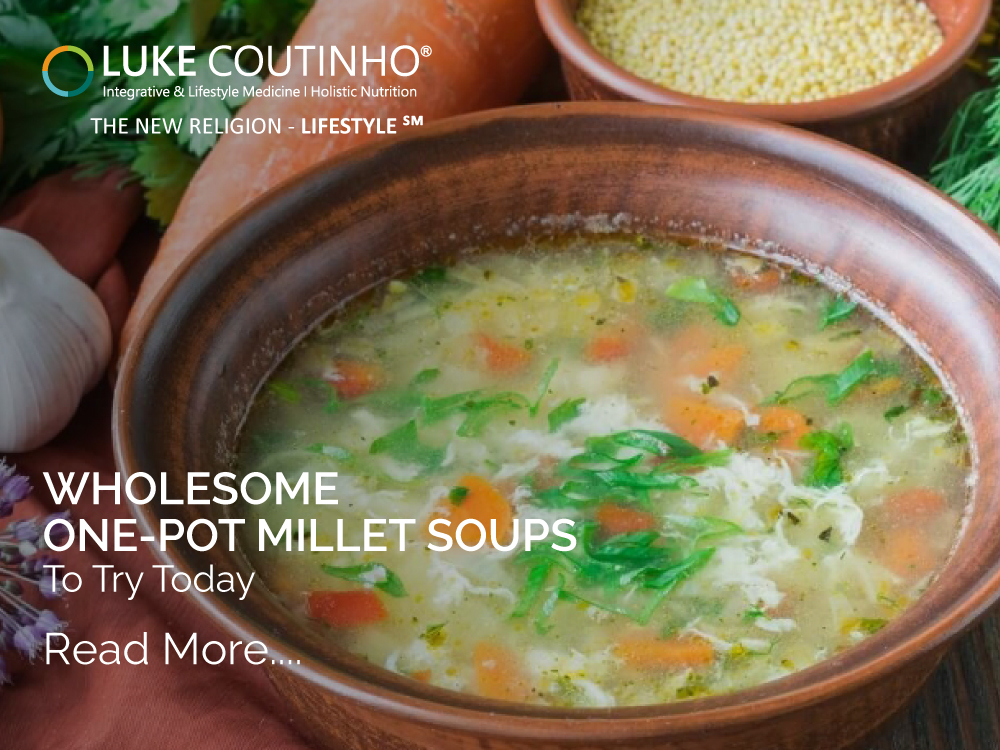
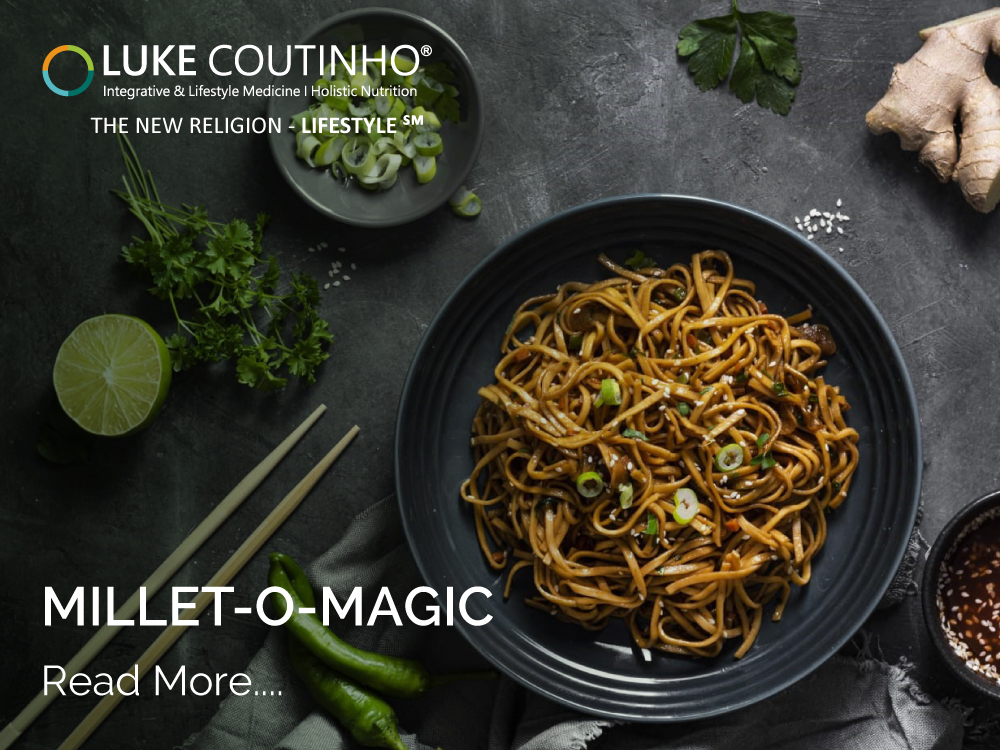

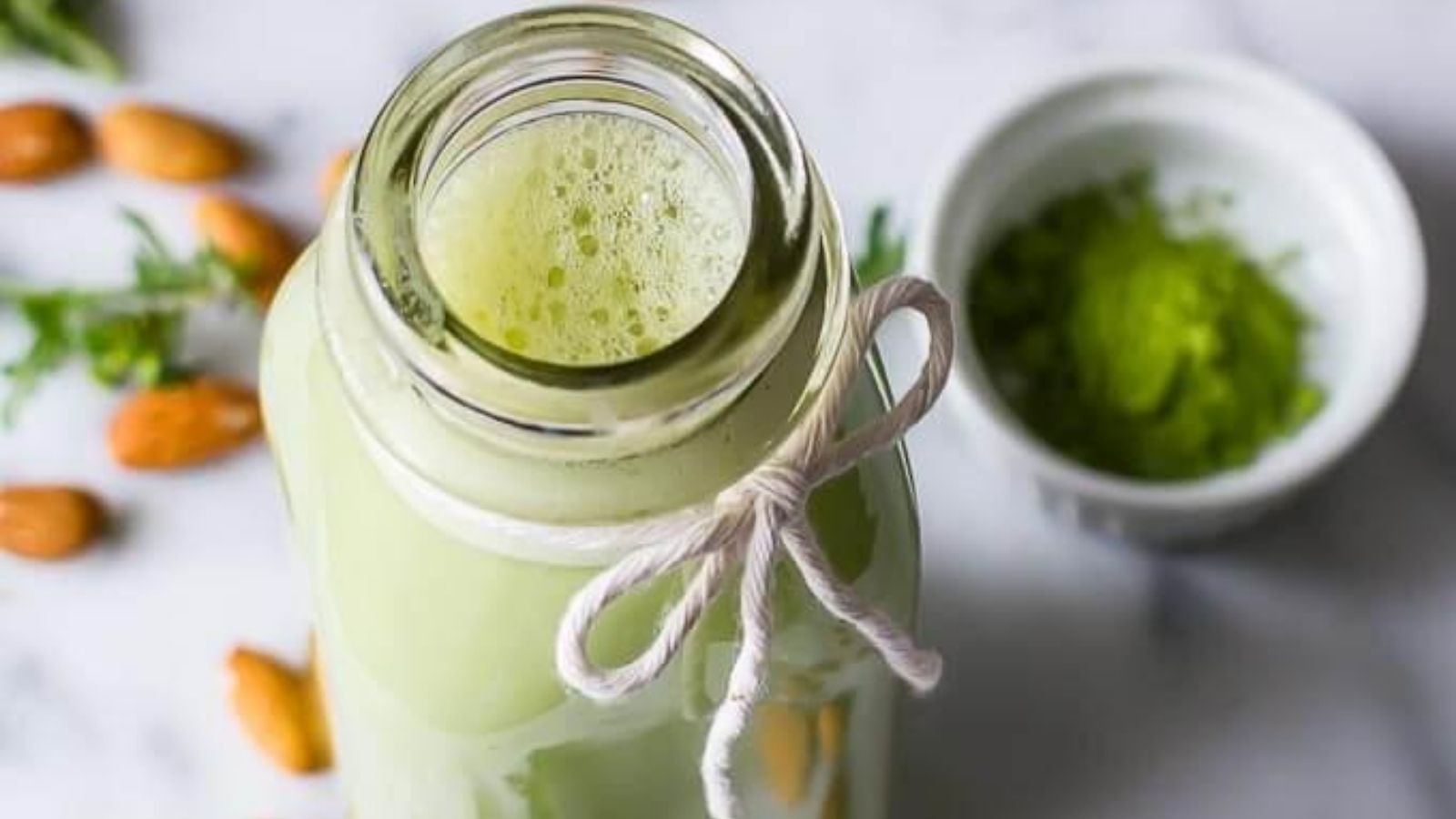
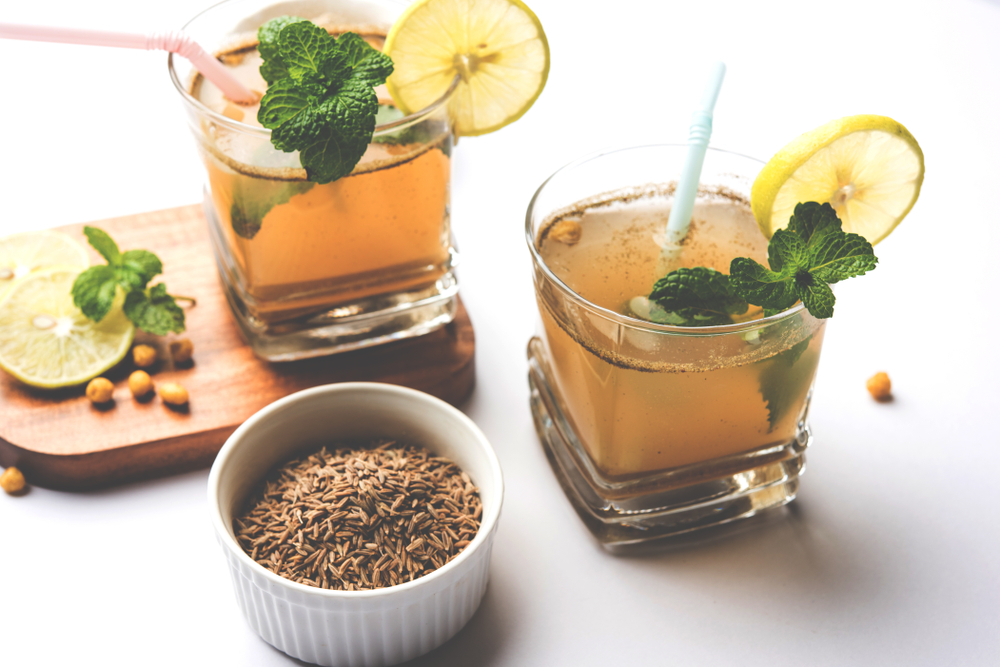
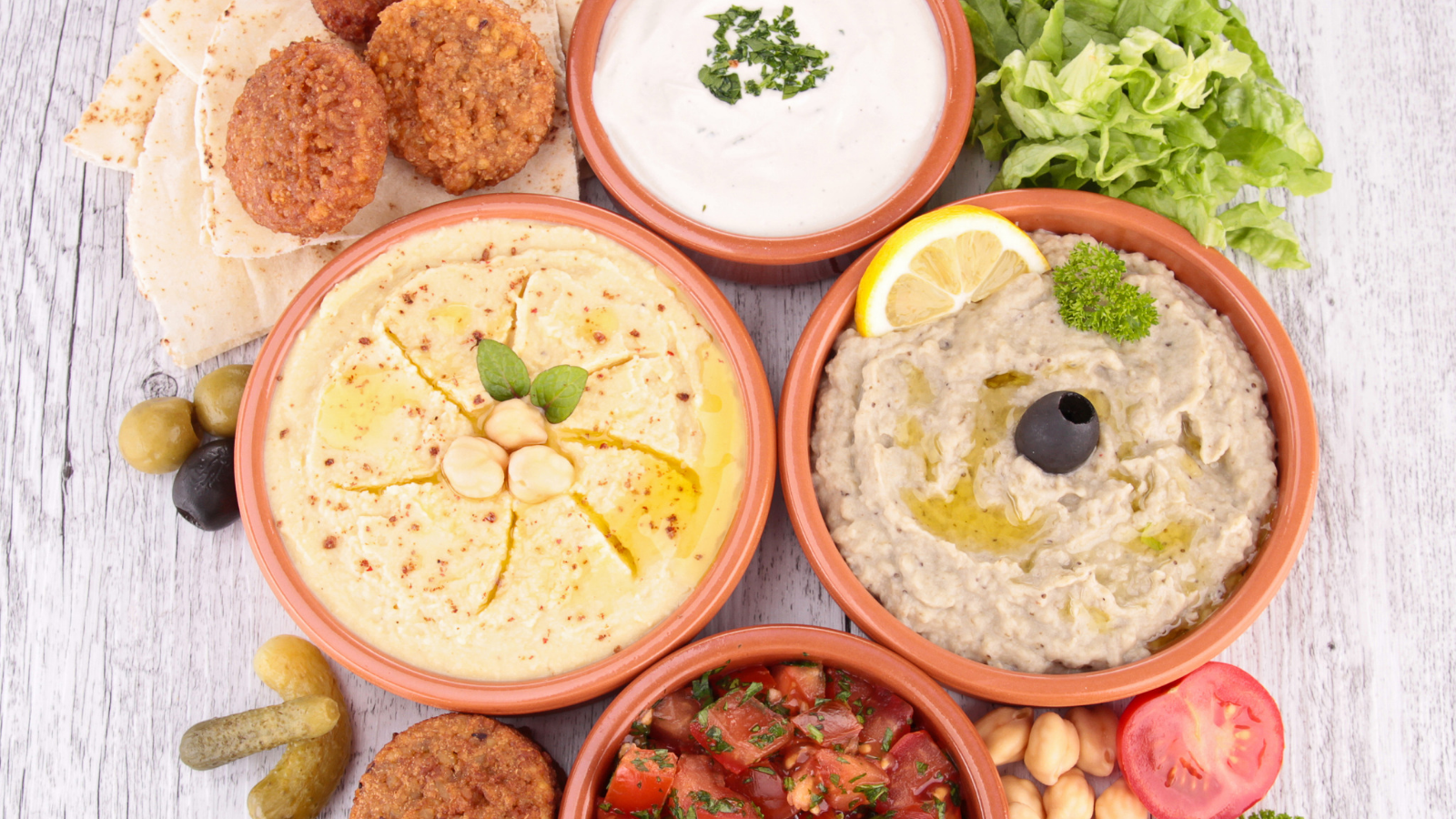
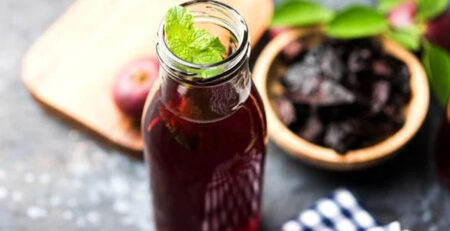
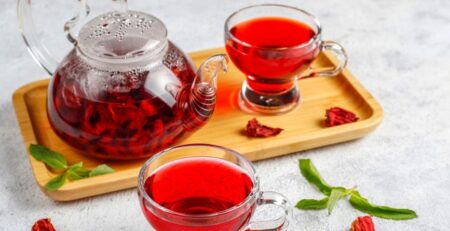
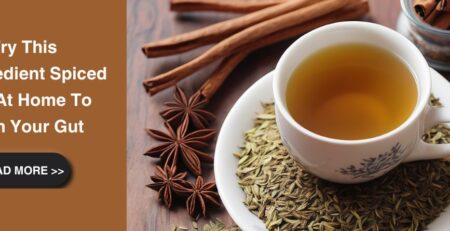
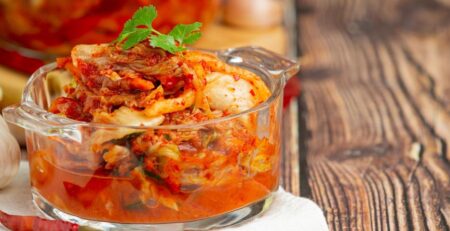
Comments (2)
Is there an English word for millets. Great information. Thank you always for sharing. Margo from Canada
Studied information